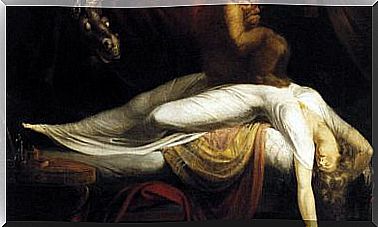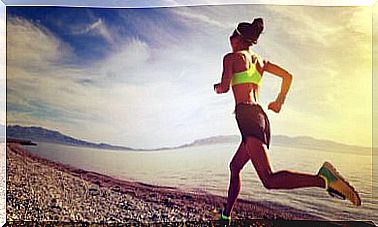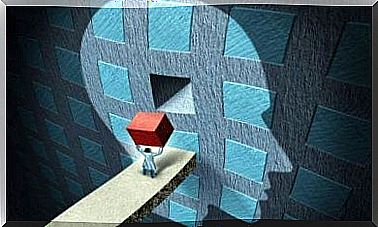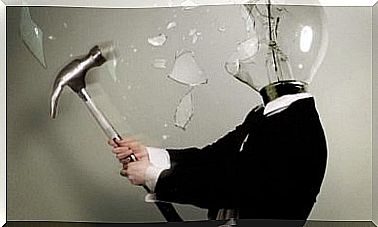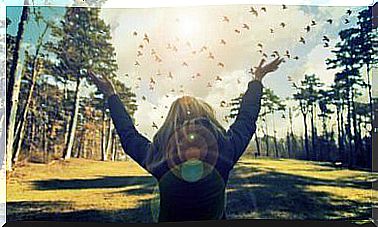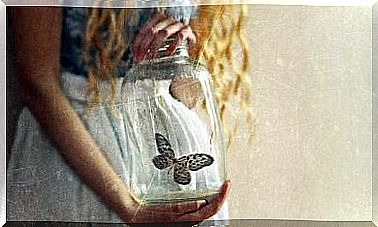What We Do In The Shadows
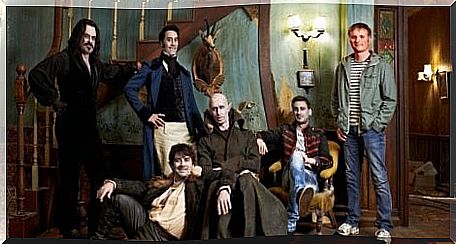
We have already talked on occasion about how interesting the fusion between horror and comedy can be. Taika Waititi and Jemaine Clement are in charge of taking all the imaginary that vampire mythology offers and transferring it to the current world.
A surreal but effective mix that results in a hilarious feature film: What We Do in the Shadows . In difficult times, laughs are good … and more if they come from an idea as original and crazy as it is well executed.
In the New Zealand of the 21st century, four vampires survive who must adapt to the new times. Viago, Deacon, Vladislav and the old Petyr must face coexistence and will try to function, in the best possible way, in the city.
A television crew makes a documentary about them and how they face various problems: the division of household chores, the management of nights out or the peculiar fact that their diet is based on the consumption of human blood.
Soon, a new member will join the group, Nick, a contemporary man whom Petyr turns into a vampire. Nick must adapt to his new condition of being immortal and, in turn, thanks to his friend Stu, will be able to show vampires the virtues of the contemporary era. The result is a wild, wonderfully entertaining and hilarious feast.
An original idea
In 2005, New Zealanders Taika Waititi and Jemaine Clement shot a small, very low-budget short film that would be the seed of What We Do in the Shadows.
The feature film would wait a few more years and it would not be until 2014 when it began to be screened at some festivals such as Sitges – in which it won the Audience Award – or Sundance. Its release in theaters was discreet, but word of mouth made it a heavily pirated film.
The original idea has ended up bearing even more fruit. Thus, last year (2019), it became a small series of ten episodes.
The series is quite different from the feature film and we no longer have the same characters. However, the essence, the basis of everything, remains the same. Its creators also act as producers, screenwriters, directors and actors of the film. In short, from a modest idea that arises almost between friends, What we do in the shadows has turned out to be extraordinarily productive.
Creativity knows no limits and it is not necessary to have the best of teams or exorbitant budgets to make movies. You just need a story, an idea, something to tell and a lot of desire to tell it.
As surreal or bizarre as the plot may seem, What We Do in the Shadows earns our trust in the first few minutes of footage.
The format of the mockumentary allows the filmmakers to take great liberty when carrying out the proposal ; there is an immediate connection with the viewer, using a fluent speech that fits perfectly into the parody tone.
The mockumentary makes it easy to develop an idea on a more limited budget, but at the same time, it adds verisimilitude to a totally fantastic tale.
Coffins, crucifixes, the ability to fly, immortality … All of this is manifested on stage, marking an extraordinary contrast with the current situation that surrounds these colorful characters. The laughable is, therefore, in the game of contrasts.
What we do in the shadows, laughter in the fantastic
The creation of a fantastic universe admits infinite possibilities, but that does not mean it must renounce verisimilitude. The viewer submits, in some way, to the director’s decision and a credibility pact is established. In this sense, the genre allows us to explore terrifying, magical or mythological aspects, but also comic ones.
Monsters have been present in our society since the first mythologies and were reinforced with literary works such as Frankenstein (Mary Shelley, 1818) and flooded the screens of the first horror cinema with titles such as Nosferatu (Murnau, 1922), whose imprint we can see clearly in What We Do in the Shadows via Petyr.
These monsters have evolved and those first terrifying vampires have gone through totally different phases.
Béla Lugosi or Christopher Lee have given us some of the most canonical interpretations of Dracula. Later, laughter came to seize them at the hands of Polanski with The Dance of the Vampires (1967); and, currently, we find several titles that frame the monster in reality: Only lovers survive (Jarmusch, 2013) or Let me in (Alfredson, 2008).
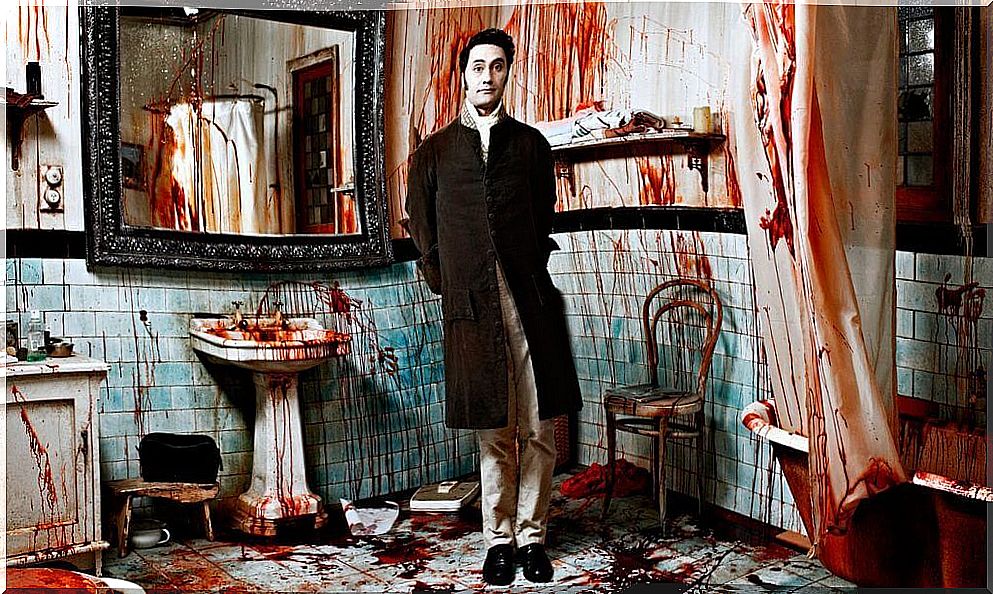
To this endless vampire stories is added What We Do in the Shadows , a film that explores, like some of those mentioned, the life of the vampire in a realistic and current environment, but from parody.
Vampires are no longer scary and a lot more fun than you might expect. The fantastic prevails in a wild plot, which mocks immortality and shows us how difficult it can be for these beings to adapt to modern life.
From going to a nightclub to paying the rent, Wellington’s vampires live in a constant dichotomy between their monstrous traditions and the ways of humans. Some vampires who also have feelings, internal conflicts and for whom friendship ends up being very important.
The film received a good applause from the critics and, over time, it has become a cult film, one of those jewels that one day you discover and you will not be able to get out of your head.
And no, it’s not a deep movie at all, but it doesn’t pretend to be either. Its intention is pure entertainment, pure escape, but without becoming a “stupid” comedy. There is no doubt that its filmmakers greatly enjoyed making it and that is something that comes across the screen.
Hilarious, wild and outlandish, What We Do in the Shadows gives us a good dose of laughter that is always welcome. A simple, but effective idea and, without a doubt, a comical proposal to which we take our hats off.


